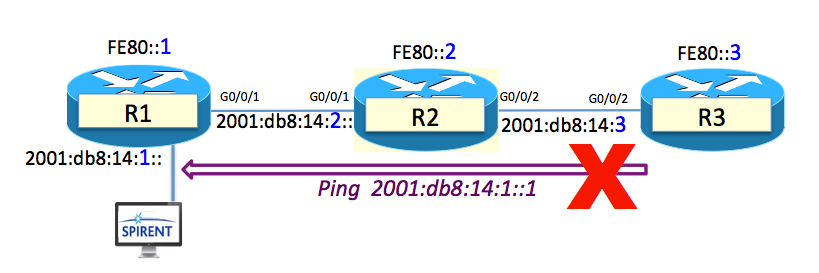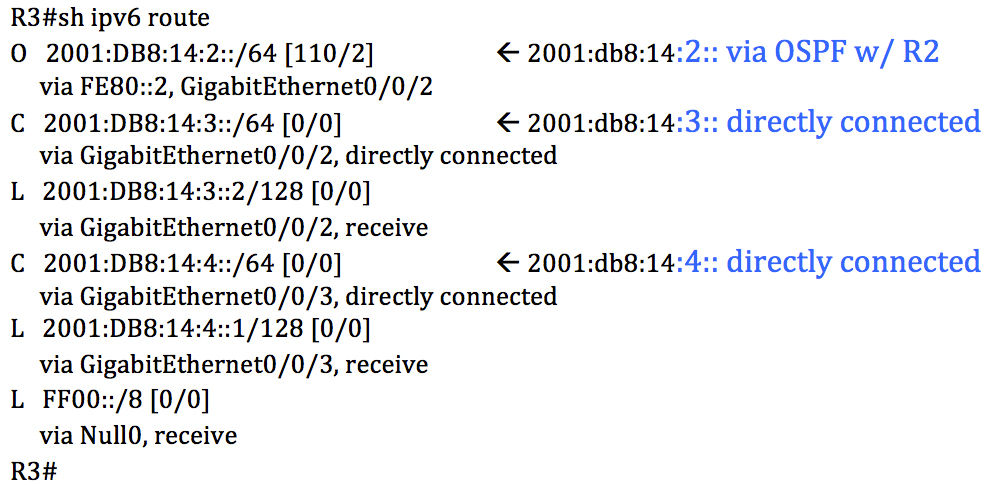Arkin Acquisition will Further Simplify VMware NSX Operational Planning and Visibility
VMware NSX is experiencing tremendous growth across the board – in number of customer deployments, sales, and partnerships. Lots of organizations have been vocal in their support of NSX, including Heartland Payment Systems, University of New Mexico, Sugar Creek, Tribune Media, and many others.
These customers are deploying NSX for use cases such as micro-segmentation, automation for IT and developers, and application continuity. We’re helping customers to scale their NSX use cases with a number of new capabilities, resources and tools. Everything from design guides, operations guides, and white papers to courses, certifications, and new product capabilities.
Today we have more good news to share with you on that front. We just announced our intent to acquire one of our strategic technology partners: Arkin. As we have seen among our rapidly growing customer base, the Arkin platform helps IT organizations to simplify planning and operations for NSX, allowing them to quickly scale NSX to thousands of applications.
Arkin brings two important capabilities to VMware. It extends the cross-domain visibility of VMware vRealize Operations to more of the SDDC infrastructure. From compute and storage to networking and security – across network overlays and underlays.
Arkin also helps Continue reading
Data Storage Terms You Should Know
The storage industry is rife with acronyms and jargon. Here's a cheat sheet.
WLAN Industry Consolidation Pros And Cons
A look at the ramifications of so much M&A activity in the wireless networking market.
Who Needs an IPO? Blue Coat Gets a $4.65B Bid from Symantec
 So much for going public.
So much for going public.
Virtual Firewalls: Featured Webinar in June 2016
Virtual Firewalls is the featured webinar in June 2016, and the featured videos (marked with a star) explain the difference between virtual contexts and virtual appliances, and the virtual firewalls taxonomy.
To view the videos, log into my.ipspace.net (or enroll into the trial subscription if you don’t have an account yet), select the webinar from the first page, and watch the videos marked with star.
If you're a trial subscriber and would like to get access to the whole webinar, use this month's featured webinar discount (and keep in mind that every purchase brings you closer to the full subscription).
Brussels, Belgium: CloudFlare’s 81st Data Center is Live!

Our week begins in Brussels, where we announce our newest data center. This is our 23rd data center in Europe alone, and our 81st data center globally - providing additional redundancy to nearby facilities in Amsterdam and Paris.
Millions of websites using CloudFlare are now faster in Brussels, and we are excited to exchange traffic at the Belgium National Internet Exchange (BNIX).
Strategic City
 Brussels - which hosts several strategic European institutions such as the European Commission and the Council of the European Union - is home to over 40,000 EU employees. With the turn up of our Brussels data center, they join the rest of the country in experiencing a faster Internet. Impressively, close to 90% of Belgium's citizens are online.
Brussels - which hosts several strategic European institutions such as the European Commission and the Council of the European Union - is home to over 40,000 EU employees. With the turn up of our Brussels data center, they join the rest of the country in experiencing a faster Internet. Impressively, close to 90% of Belgium's citizens are online.
Two more cities
We will be announcing two more data centers this week - each in one of the world’s most populous countries. Could you guess which ones?
BGP As-path prepending – Use cases, Alternatives and Challenges
BGP As-path is a mandatory BGP attribute which has to be sent in every BGP message. BGP as-path prepending is one of the BGP traffic engineering methods which will be explained in detail throughout this post. Outline: What is BGP As-path attribute ? Why BGP as-path attribute is used ? What is BGP as-path prepending […]
The post BGP As-path prepending – Use cases, Alternatives and Challenges appeared first on Cisco Network Design and Architecture | CCDE Bootcamp | orhanergun.net.
The Case of the Failed IPv6 Ping – Part 1: The Facts and Clues
Put your detective hat on your head and your Network Detective badge on your lapel. It is time for the Case of the Failed IPv6 Ping.
Part #1 – We hit the crime scene together and we work methodically together to
- Gather the Facts
- Collect the Clues
- Follow the Evidence
- Interview the Witnesses
- Question the Suspects
Part #2 – I give you what the problem ended up being.
Ready?  Let’s PLAY!
Let’s PLAY!
It all started when I was going to do a post on IPv6 Multicasting. I grabbed 3 ASR1K and got them all prepped: cards, code, cables, configurations. Name the routers R1, R2, and R3. Add a couple Spirent TestCenter ports for traffic and sniffing , configure them, and we are good to go.
Time for “pre-flight check”, as it were.
- PIM neighbors up and running between the routers – CHECK
- Make sure that the R3 can ping 2001:db8:14:1::1 – Um……
Oh… crap… that didn’t work.
Let’s go to the active crime scene!
Make sure that the R3 can ping 2001:db8:14:1::
Well that didn’t work did it? Let’s check the routing table on R3.
From R3’s IPv6 routing table we see





